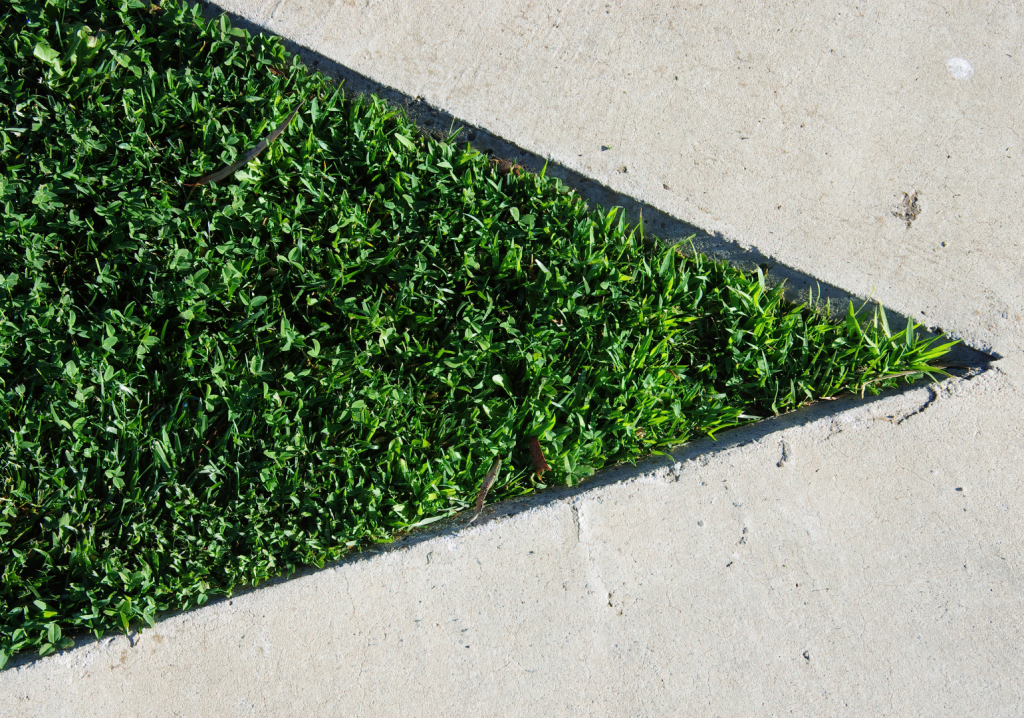An engineer’s quest to improve the performance of sustainable building materials could help to reduce greenhouse gas emissions in construction.
Buildings, transportation and infrastructure from major cities contribute up to 70 per cent of global carbon dioxide emissions.
The manufacturing of traditional cement – or ordinary portland cement (OPC), the major ingredient in concrete – accounts for up to eight per cent of all global greenhouse gas emissions alone.
In the race toward net zero, there’s an increased need to develop sustainable materials without stymieing progress.
One such material is magnesium oxychloride cement (MOC) – also known as “green cement” – which uses industry by-product from magnesium mines as the core ingredient, according to Professor Sarah Zhang, Discipline Lead of Civil and Environmental Engineering at Western Sydney University.
“The raw materials for MOC are very simple,” Zhang told create. “And importantly, the manufacturing process requires much less energy than OPC.”
In fact, some research has found that MOC can even absorb carbon emissions from the atmosphere.
Along with these sustainable benefits, green cement is faster setting, allowing it to gain compressive strength quickly. It’s also a lighter construction building material.
Despite these strengths, MOC has a number of weaknesses, including poor water resistance capability.
“When MOC is exposed to moisture or water in the environment, such as rainwater, for a long period the strength degrades very quickly,” Zhang said.
Another challenge is the presence of magnesium chloride (MgCl₂) in MOC, which corrodes steel.
“It therefore can’t yet be used as a structural component, because we need steel rebars to reinforce concrete so it doesn’t crack due to low-tensile strength.”
For these reasons, MOC is mostly used for internal applications, such as indoor tiles and internal panels.
But Zhang and industry partner UBIQ Technology have identified ways to overcome some of these challenges by adapting the original MOC formula.
From water to fire resistance
For some time, Zhang and a team of researchers have experimented with ways to enhance MOC with water resistant properties by incorporating different by-products as additives.
On top of the basic formula – comprising MgO powder, magnesium chloride and water – the team added 15 per cent fly ash and 15 per cent silica fume, as well as various chemicals.
“Industry needs 80 per cent strength retained after being soaked in water for 28 days,” Zhang explained. “We were able to achieve 100 per cent, which is a historic high.”
Now, the team is working to push MOC’s properties further by incorporating short fibre to reinforce the composites.
“Our purpose is supported by the Australian Research Council’s Discovery Project,” she said. “Based on our successful formula for water-resistant MOC, we adjusted the formula and added shorter fibres to enforce fire resistance.”
With many building fires beginning due to combustible materials used in cladding, including London’s 2017 Grenfell Tower tragedy which led to 72 deaths, the revamped MOC formula is being designed as an alternate material for cladding.
The team is also working towards enhancing ductility.
“All cementitious materials, such as concrete, are very brittle. For example, pavers typically have micro cracks,” Zhang said. “By increasing ductility, we can reduce cracking.”
While overcoming MOC’s corrosive behaviours may be more challenging – with MgCl₂ being a key ingredient – Zhang has considered use of an alternate structural material to steel for reinforcement.
“I have a lot of research experience using FRP rebars instead of steel rebars,” she said.
“So I’m considering promoting the application of this material from non-structural to structural applications in the future.”
Scaling up
Zhang and UBIQ Technology are currently in the process of applying for a patent for their reformulated MOC material, with next steps including large scale-up testing.
“For the fire-proof cladding material, we need to conduct more tests according to Australian standards,” she said. “We would also like to see further adoption of the material in real engineering structures.”
Having an industry partner throughout the research process – including the Discovery Project – has been invaluable.
“They provided direct advice on how to make the material and testing fit certain standards as cladding for industry application,” Zhang said. “They also have a lot of experience through developing their own products that they conducted large-scale testing on with the CSIRO.”
But the benefits flow both ways, said Zhang.
“They make sure your research fits industry needs,” she said. “Then they can apply it to their product immediately.”
These days, Zhang thinks researchers need to be able to deliver both fundamental and impact research, with novelty in science and technology applied to solve real-world problems.
“I enjoy conducting novel research using the most advanced science and characterisation facilities, while delivering impactful research to contribute to society.”
Solving problems for humanity’s benefit is engineers’ bread and butter. The upcoming Climate Smart Engineering Conference 2024 (CSE24) brings together some of the profession’s best thought leaders to navigate the clean energy transition.
